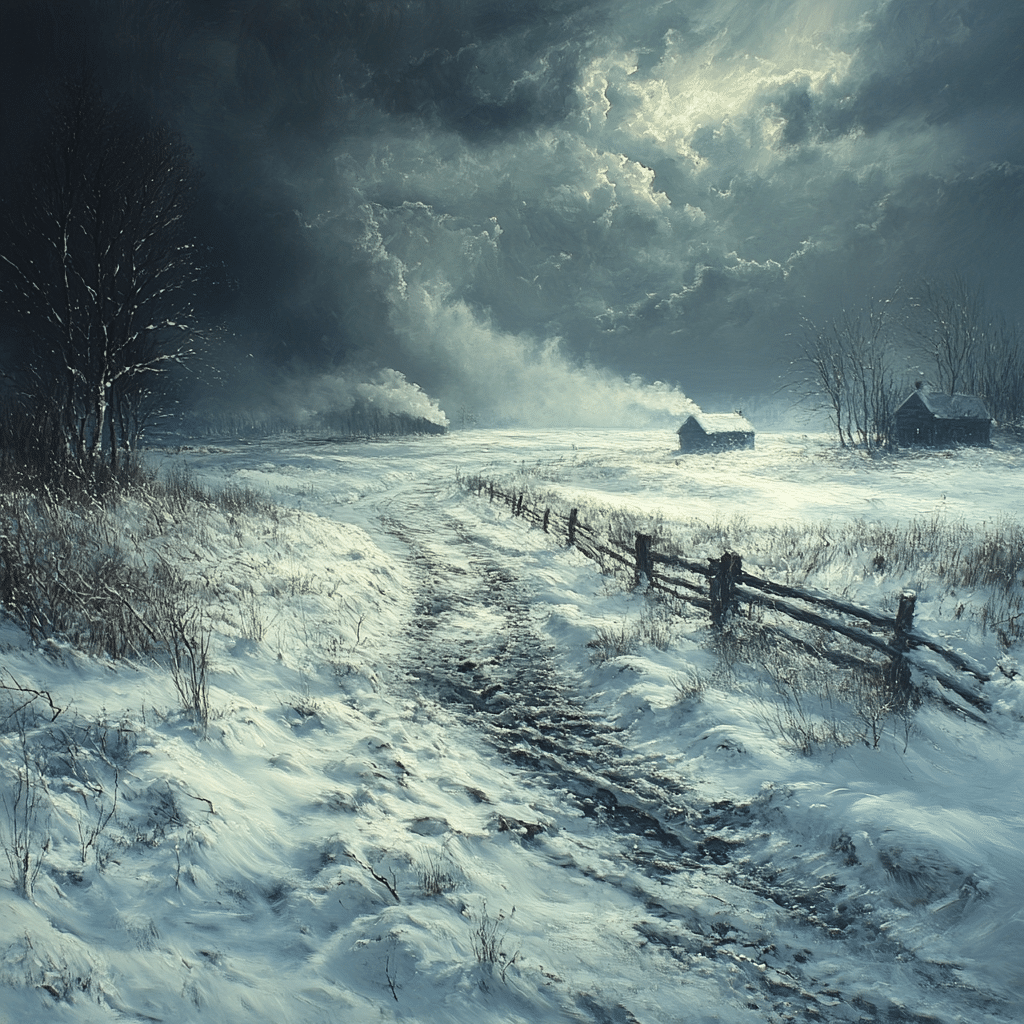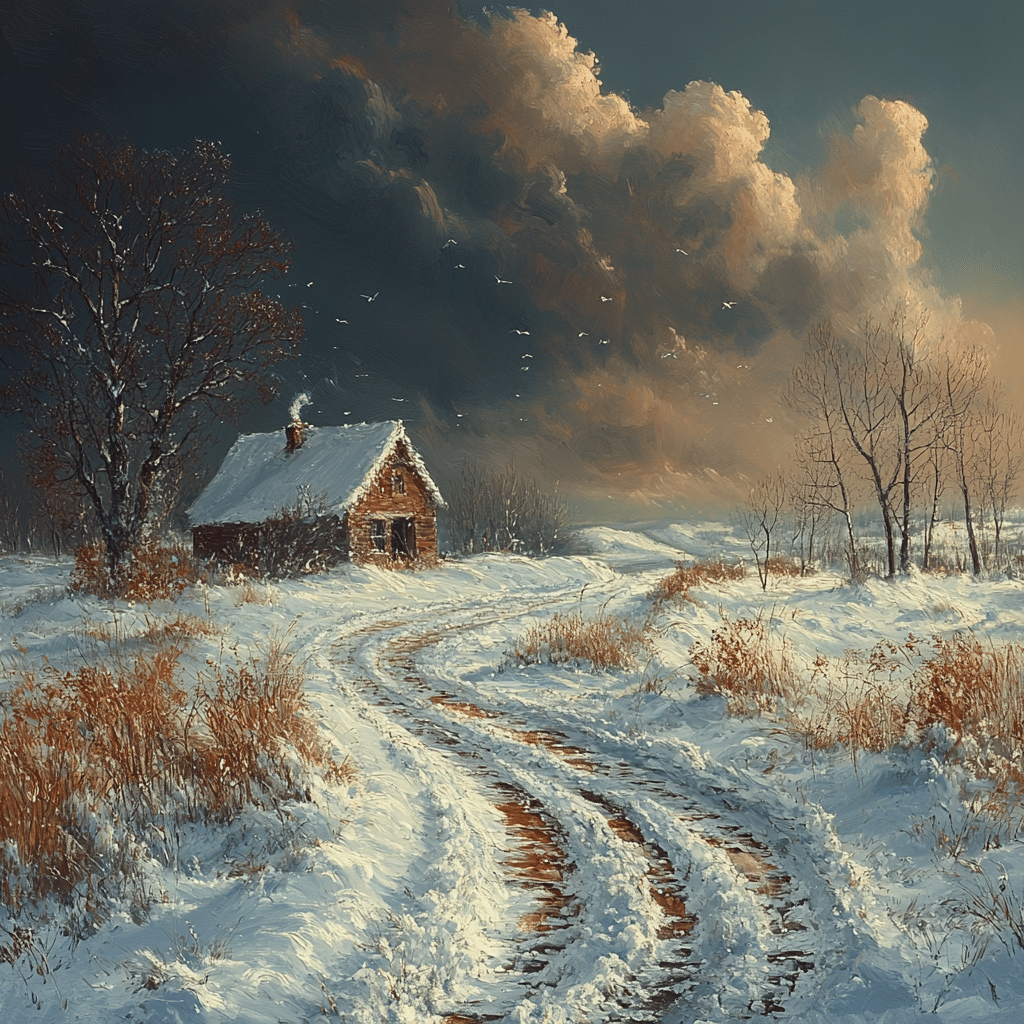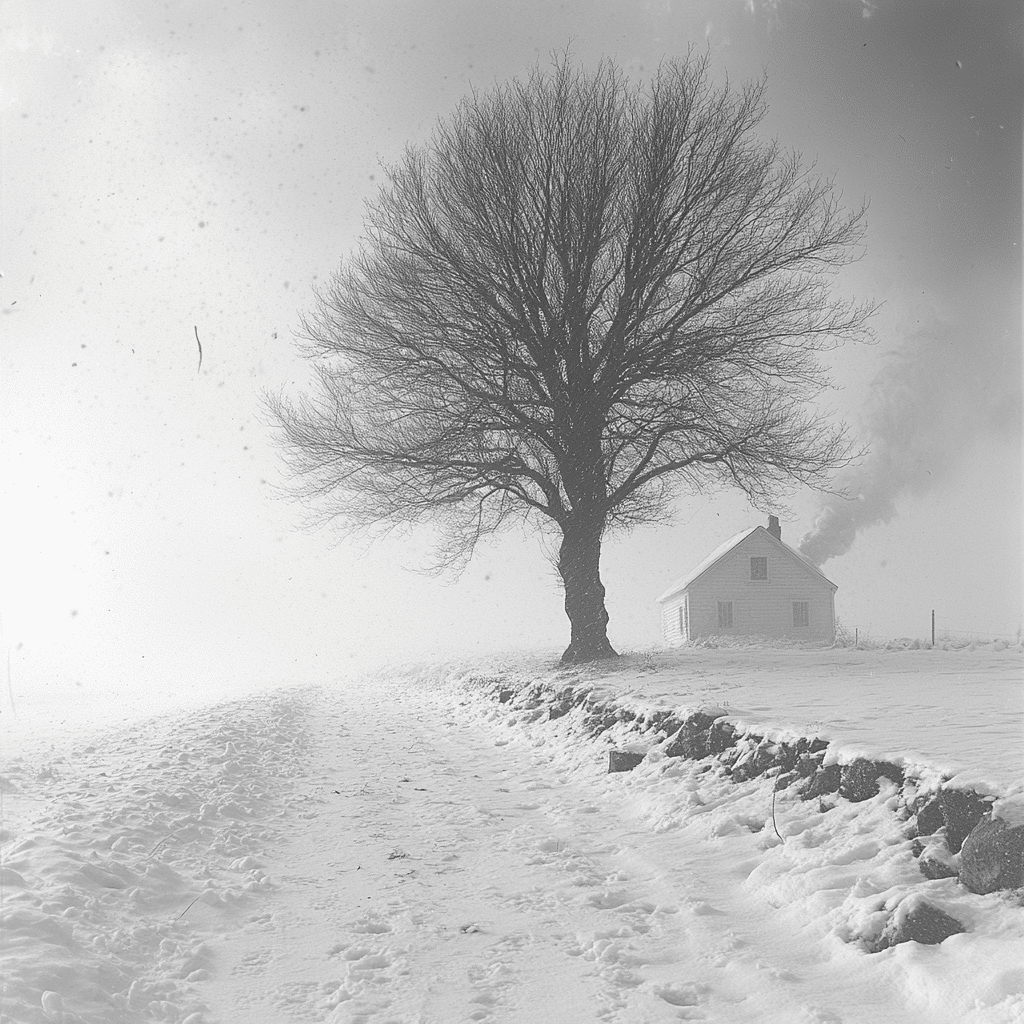
The Impact of 2024’s Winter Storms: A Season to Remember
Winter storms like those we’ve witnessed this season have left an indelible mark on communities across the United States. The powerful mix of blinding snow, icy conditions, and record-low temperatures has not only astounded the senses but also caused significant disruptions. While residents delight in the ethereal beauty of snow-laden trees mirrored in a soft winter light, they also grapple with the challenges these harsh weather patterns bring.
As we assess the impact of winter storms, we see their dual nature—a swirling mix of awe and despair. Cities transformed into winter wonderlands often face disruptions in daily life, with schools cancelling lessons and roads becoming treacherous. The economy, too, feels the effects, particularly in regions that thrive on winter tourism. From majestic snow-covered peaks in California to bustling urban areas grappling with the aftermath of a Thanksgiving winter storm, the consequences of this season’s storms are profound and far-reaching.
According to meteorologists, weather patterns are changing, making forecasting winter storms both crucial and increasingly complex. The unpredictable nature of these storms evokes both excitement and apprehension, leaving many to wonder how communities will adapt and respond. This winter, as we pay close attention to the intricacies of snow and ice, it is vital to address the disparities in preparation and recovery among different regions.

Top 7 Major Events and Their Real-World Impact
The Thanksgiving winter storm over the long holiday weekend was a wake-up call for many. Battling blizzard conditions, thousands of travelers faced severe delays and cancellations, particularly at Philadelphia International Airport. Families gathered for joyful reunions found themselves stranded, altering cherished holiday plans, and prompting discussions about the importance of preparing for volatile winter weather.
In February 2024, an astonishing snow storm swept through California’s Sierra Nevada region, bringing with it a staggering ten feet of snow in certain locales. Popular ski resorts, which typically welcome winter sports enthusiasts, found themselves unprepared for the rapid accumulation, leading to road closures and unsafe conditions. The tourism industry, vital to the region’s economy, suffered as thrill-seekers postponed trips or sought destinations with better access.
While meteorologists strive to predict winter storms, not every forecast hit the mark. Some areas were inundated with snow, while others like southern Texas faced icy and hazardous weather that blindsided residents and local authorities alike. As communities accused forecasters of inaccuracy, the need for better preparation and communication loomed large.
Along the Eastern Seaboard, storm surges resulting from winter storms have proven equally concerning. New Jersey reported coastal towns overwhelmed by surges, which prompted emergency evacuations and advocated for a serious look at climate change. As communities braced for the unexpected, the conversations surrounding preparation strategies gained prominence.
For many students, snow days meant a reprieve from classrooms but also raised questions about the future of education in wintertime. Various school districts embraced remote learning options to ensure academic continuity. As parents and educators engaged in robust discussions about how effective virtual education truly is, a new landscape of learning began to take shape.
Once the skies cleared, the remnants of winter storms often transformed local economies. Vermont, for example, reported record attendance at ski resorts as eager skiers descended upon the slopes. Not only did this bolster local businesses, but it also invigorated a culture of outdoor activities that many had sorely missed during the lockdown years.
The 2024 season has sparked conversations about how winter storms are evolving due to environmental changes. Climate scientists highlight the concerning pattern of increasingly intense storms arriving rapidly, challenging communities to rethink their preparedness strategies. As we move forward, collaboration amongst scientists, officials, and residents can pave the way for better adaptation.
The Broader Effects of These Storms on Communities
Communities are feeling profound consequences following the brutal winter storms. Beyond the immediate impacts on daily life, businesses face fluctuating customer traffic as treacherous conditions persist. Essential services, including utilities and emergency responders, also struggle to keep pace as they respond to heightened demands.
There’s an emotional aspect to all of this too. Communities see spikes in feelings of isolation, particularly among vulnerable residents, due to the harsh conditions. Mental health resources are becoming more available to help residents cope with the emotional toll brought on by prolonged winter weather.
Moreover, conversations surrounding resilience and recovery have become vital as towns work towards collective healing. Collaboration is key; local governments must coordinate with nonprofits and agencies to maximize support and ensure that the most affected residents receive adequate assistance.
Looking Forward: Embracing Change in Adverse Conditions
As we reflect on the extraordinary nature of this year’s winter storms, we must appreciate both the beauty and destructiveness they entail. Communities are presented with an opportunity for resilient growth as they come together to recover from damage. Adapting and embracing new forecasting technology can directly influence how we respond to the challenges winter storms bring.
The 2024 winter season highlights the necessity of understanding and preparing for both the awe and devastation of nature. While winter storms can wreak havoc, they also cultivate a sense of unity. As communities learn from this season’s trials, the hope is they can work together to face the unpredictability of winter weather with increased preparedness, innovation, and shared resilience.
This season serves as a poignant reminder of nature’s dual capacity to frighten and inspire. Only through collective effort can we look toward tomorrow with hope and solidarity.
Winter Storms: Marvels and Misery
When winter storms strike, they can leave a mix of breathtaking beauty and significant havoc in their wake. Did you know that snowflakes can take on a variety of shapes, with the most common being the six-sided snowflake? Each flake is unique, much like the personality of each town affected, from quaint places like Westchester Golf Course to bustling areas with Long Island city Hotels filled to capacity during a snowstorm. Moreover, the largest recorded snowfall in the US occurred in 1959 in Tamarack, California, accumulating a massive 450 inches in one season! Talk about nature’s wintry wonderland.
Switching gears, winter storms can also cause severe disruptions to daily life, including travel chaos and power outages. In the 2014 winter storm that swept across the United States, the storm resulted in the cancellation of thousands of flights, impacting families and travelers alike, much like the much-anticipated United states Vs West Indies cricket match that many look forward to. It’s interesting to note that during such storms, places usually bustling with activity, such as venues hosting Super Bowl 55-related events, often become quiet and desolate, leaving behind only the sounds of howling winds.
Lastly, keeping warm and entertained during snow days can be a challenge. Many people turn to classic music to lift their spirits, with bands like Creedence Clearwater revival bringing back nostalgic vibes. Additionally, with tech becoming increasingly integrated into our lives, catching up on the latest Amazon news or tracking the Nycb stock price becomes more common while snowed in. Amid stormy weather, human resilience shines brightest, as folks huddle indoors, share warm meals, and craft memories that outlast any winter storm’s chill. So next time you bundle up against the cold, remember: winter storms might be fierce, but they also bring people together like hot cocoa after a day of snowball fights.




